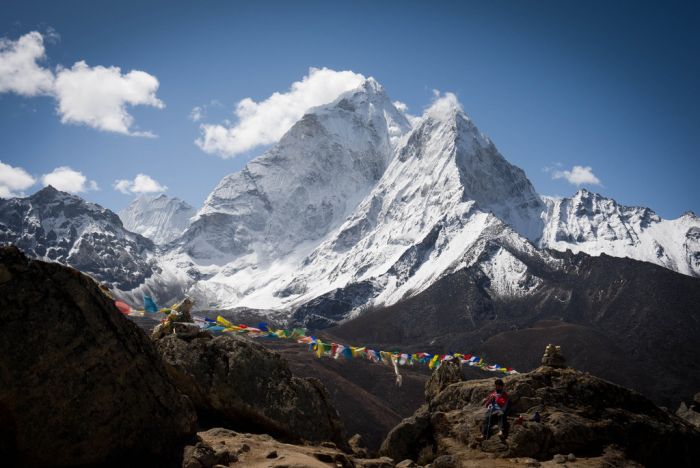Trekking, climbing or skiing at altitude? Travel health nurse Tara Scarfe has advice on how to prevent, recognise and treat altitude sickness.
Altitude sickness is an issue faced by many adventurous travellers and it’s not just those climbing mountains like Kilimanjaro (5,895m) or Island Peak (6,189m), as you might expect. Altitude sickness, also known as Acute Mountain Sickness (AMS), can be encountered by anyone reaching heights of 2,500m and above, so it’s even possible for skiers in the Alps to experience it, particularly in higher resorts such as Zermatt (Switzerland) and Val Thorens (France).
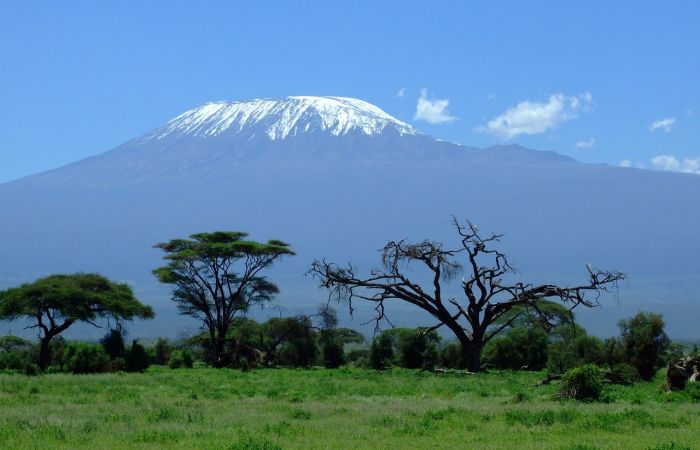
It is therefore important that all travellers are aware of altitude sickness and the potential consequences of not recognising and treating symptoms before they develop into anything more serious. While most cases are mild and perfectly manageable, some cases (especially those above 3,500m) can develop into potentially life threatening conditions, so it is vital to recognise the symptoms and treat them promptly.
Mild altitude sickness symptoms
- Headaches
- Shortness of breath
- Decreased energy levels
- Dizziness
- Nausea and vomiting
- Diarrhoea
- Loss of appetite
- Trouble sleeping
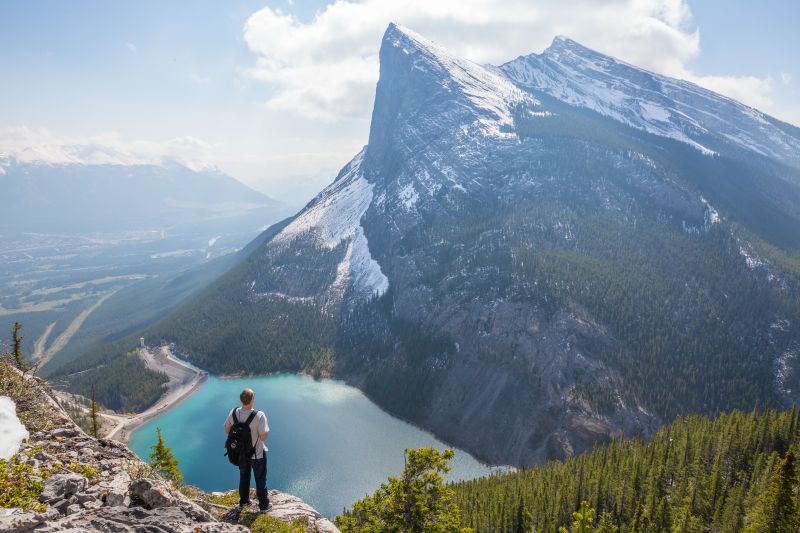
Severe altitude sickness symptoms
- Worsening of mild symptoms
- Confusion and irrational behaviour
- Uncontrollable coughing
- Blurred vision
- Hallucinations
- Coughing up fluid
- Convulsions
Strangely, there is no way to predict who might develop altitude sickness. A seasoned climber is just as likely to develop it as someone who has never been at altitude before.
There is no correlation between level of fitness and the chance of developing altitude sickness – even the fittest and healthiest of individuals may suffer. And don’t be fooled into a false sense of security – just because you have not developed altitude sickness before, doesn’t mean you won’t in the future.
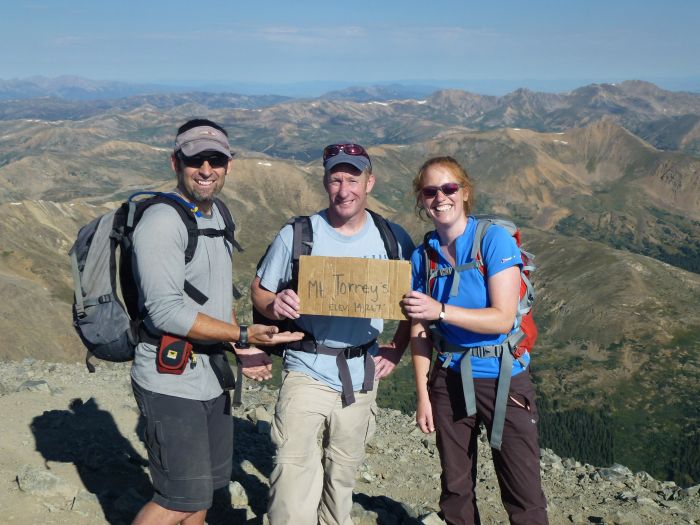
Altitude sickness prevention
- There are a number of things you can do to reduce your chances of developing altitude sickness such as:
- Ascending slowly and taking time to acclimatise is vital. It is recommended to ascend no more than 300m-500m a day, particularly when above 3,000m
- Keep yourself well hydrated with water and avoid alcohol
- Make sure you keep your energy levels up by eating a high calorie diet
- Medication (see below)
Altitude sickness medication
There are numerous medications available, including herbal remedies, that are aimed at preventing altitude sickness or reducing symptoms. Only one of these medications, acetazolamide (commonly known as Diamox), has been proven to be safe and effective. This is prescription-only medication so you’ll need to visit a travel clinic prior to your trip to obtain it.
Altitude sickness causes chemical changes in the blood and acetazolamide works by balancing these chemical changes, which in turn reduces symptoms. Unfortunately, as with every medication, acetazolamide has side effects. One of the most common side effects is the increased need to urinate, which can be frustrating while trekking.
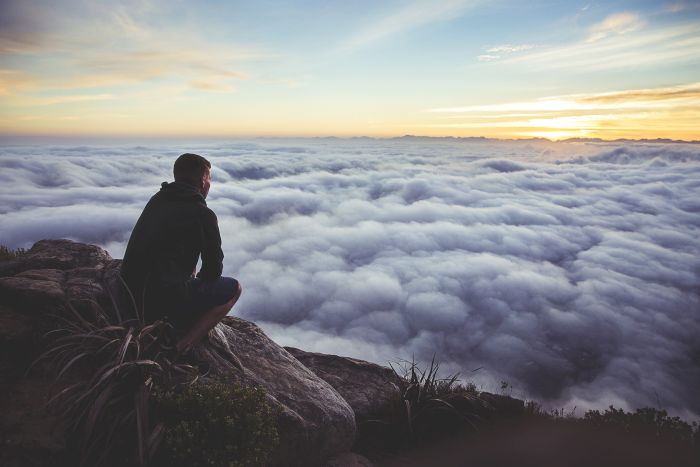
It is also common to experience tingling sensations in the hands and feet. Tingling sensations can also be a sign of frostbite, so keep your hands and feet wrapped up warmer if trekking in colder climates and check them regularly if you are experiencing this.
Treating mild altitude sickness
Mild altitude sickness can be managed by treating the symptoms. Basic painkillers such as paracetamol or ibuprofen can help alleviate headaches, while promethazine can help reduce nausea and vomiting. Acetazolamide can also be used to treat altitude sickness if it is not already being taken as a preventative method. Consult your pharmacy to discuss doses for both prevention and treatment.
If you have developed mild altitude sickness you should not progress to a higher altitude until your symptoms have been adequately managed. If you find your symptoms are getting progressively worse and not improving with treatment, descend immediately and seek medical attention before the condition becomes more serious.
Hiker Martin Richards suffered from altitude sickness on a five-day ascent of Kilimanjaro. “The first thing I noticed was that my energy levels plummeted,” he says. “Walking at a slow pace was difficult – I was left breathless. I developed a headache and felt very queasy in the stomach.
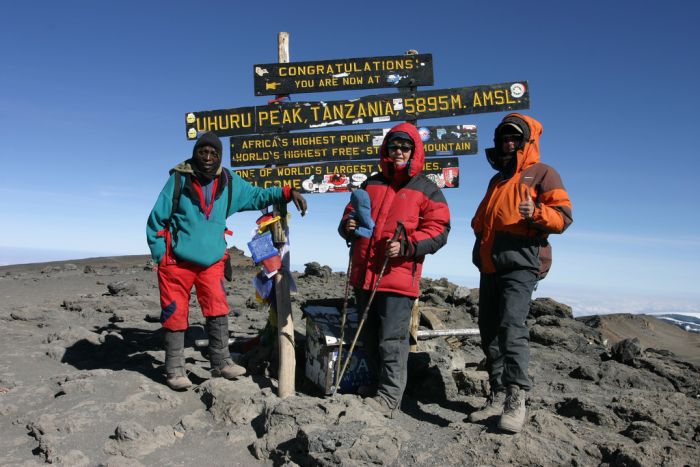 Photo: Gerald Davison
Photo: Gerald Davison
“My heartbeat was much faster than usual and I had spells of dizziness. I took some ibuprofen and anti-sickness medication. Thankfully the symptoms subsided and I was able to continue the climb.”
Luckily for Martin, his case of altitude sickness was mild and manageable. In some cases it can develop into one of two potentially life-threatening conditions: High Altitude Pulmonary Oedema (HAPE) or High Altitude Cerebral Oedema (HACE) – or they can develop together. HAPE is when the lack of oxygen at high altitude causes a build-up of fluid in the lungs; HACE is the lack of oxygen causing a build-up of fluid in the brain. Both can lead to a loss of consciousness and death within hours.
The symptoms of HAPE are breathlessness even when you are resting, a high temperature and coughing up frothy spit. Symptoms of HACE are confusion and stumbling and uncharacteristic behaviour such as laziness, excessive emotion or violence. Oxygen can buy time and acetazolamide should be given if available but immediate descent is essential.
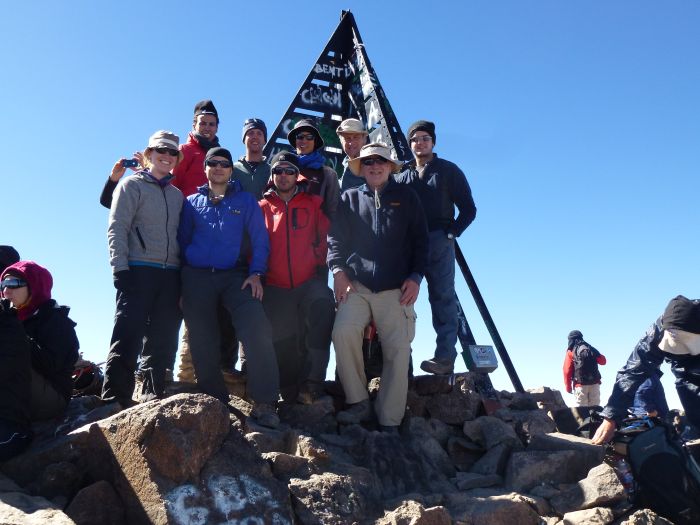
To finish
So to summarise, the advice is simple: use preventative medication, ascend slowly, re-hydrate and treat symptoms as soon as they occur. If you feel you’re getting worse, it’s time to accept defeat and descend.
Who’s writing?
Tara Scarfe is a travel health nurse working for a specialist clinic in Central London. She has extensive experience in the field and provides travel vaccinations, malaria and other travel-related medication and travel health advice.
She has travelled extensively in Central America, Europe and Australasia and hopes to visit South America in the near future. Tara particularly enjoys volcano hiking, rainforest walks and is a keen skier.
Intro photo: Wei Shen



